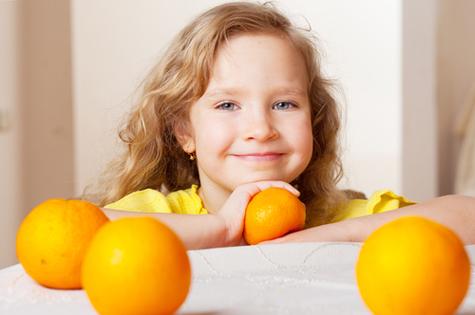Many behavioural and mental health researchers suggest that a key factor in determining how we react to stress is our ability to be ‘mindful’ in the moment. Studies have linked being mindful with increased optimism, lower stress levels and emotional stability. And there is an emerging body of research indicating that mindfulness can also be really good for our children. It can help them improve their ability to pay attention, to calm down and to make better decisions.
So how do we teach mindfulness to our kids? Here are seven tips.
1. Practice what you preach
If we aren’t being mindful, we can’t teach it to our children. This doesn’t mean they have to see us meditating every day, but taking a few deep breaths when we’re stressed-out, staying in the present moment and practicing acceptance is a great place to start.
2. Keep it simple
Mindfulness is a big word for young kids to understand. Put simply, it’s being aware in the present moment - noticing our thoughts, feelings and anything that is happening right now. What our basic senses tell us about how a moment sounds, feels even tastes or smells.
3. Establish a gratitude practice
Teach your children to appreciate the gifts that they have, especially fundamental gifts like a loving family, a safe home, abundant food and clean water. Discourage them from obsessing on cultural or comparative messages that create an artificial, emotional need for things they may not have like the latest toys or electronics. Try this: at the dinner table, encourage each family member to share one thing they are grateful for.
4. Take an observational walk
Take a stroll through the neighbourhood and notice things you haven’t really paid attention to before: unusual flowers, cracks in the sidewalk, cool cloud formations. And pay attention to all the sounds you hear: birds, lawnmowers, kids laughing.
5. Breathe
Older kids can probably handle deep breathing without much assistance, but younger kids might need some help focusing on their breath. Try this: have them lie on their backs with a small stuffed animal on their tummies and ask them to practice moving the toy up and down with their breathing.
6. Practice mindful eating
The exercise of mindfully eating a raisin or a slice of orange is a staple of mindfulness education, and is a great activity for kids. First, let them look at their chosen item and smell it. Then have them place it on their tongue and feel the sensation in their mouth. Then encourage them to chew mindfully and really taste the food.
7. Listen to a bell
An easy way for kids to practice mindfulness is to focus on paying attention to what they hear. You can use a bell or a set of chimes. Tell your children to listen carefully until they no longer hear the sound (which is usually 30 seconds to a minute).
Remember to have fun and keep it simple. And don’t force it. If your kids aren’t interested, drop it, and come back to it at another time. The purpose of teaching mindfulness to our children is to give them skills to develop awareness of their experiences and to provide tools for impulse control. By encouraging our kids to develop their ‘mindfulness muscle’ we are teaching them skills they can use for the rest of their lives.



















__small.png)










